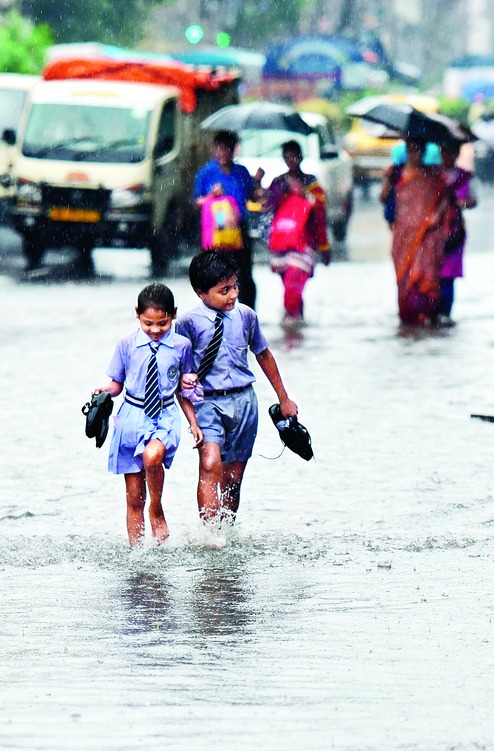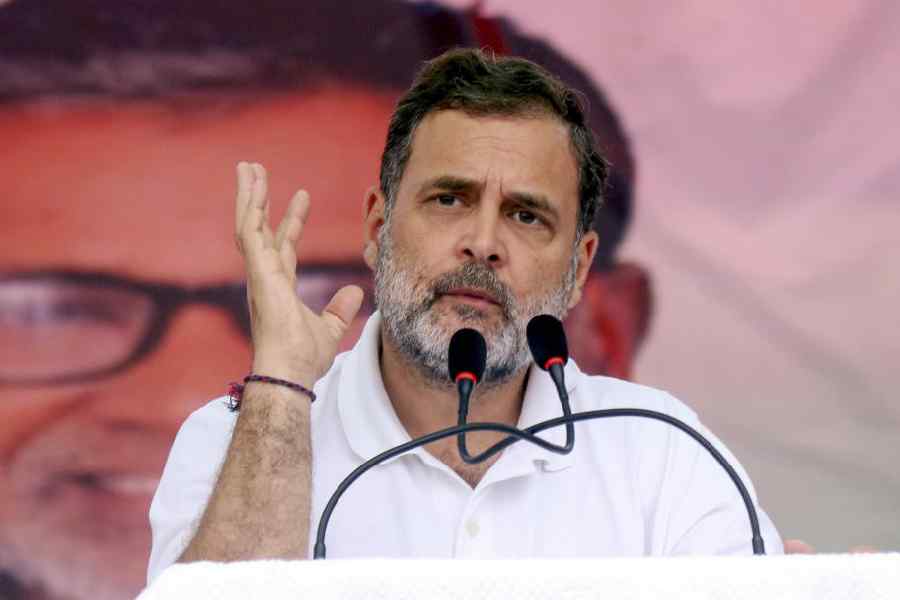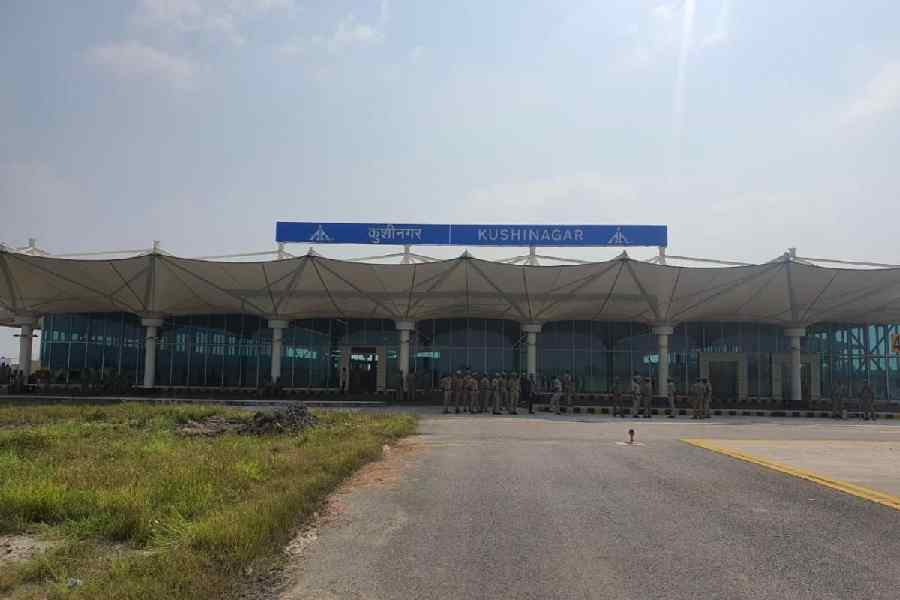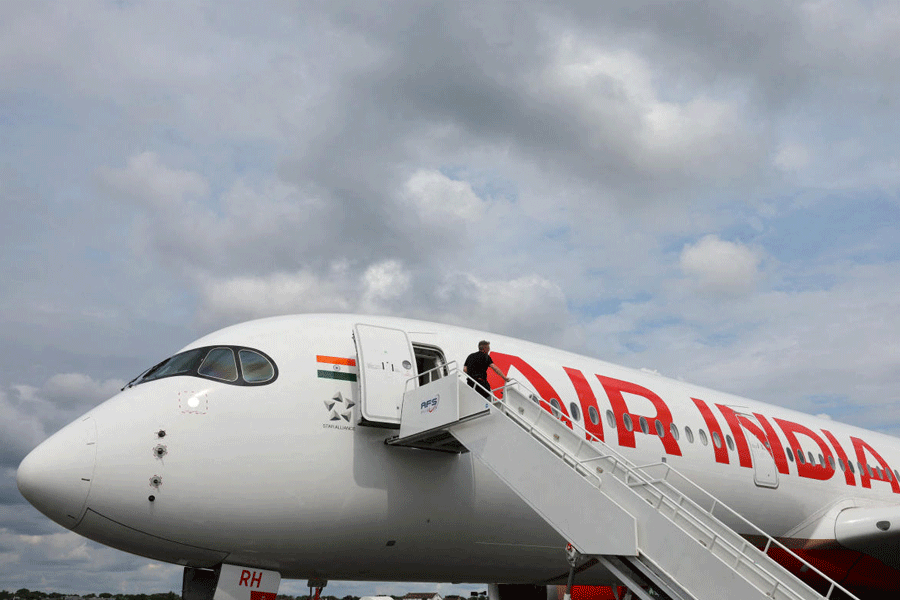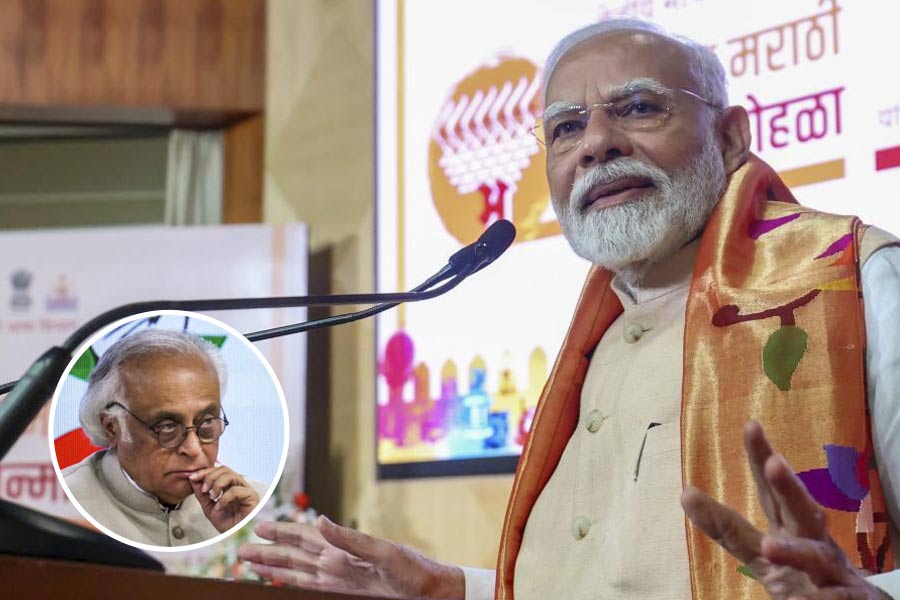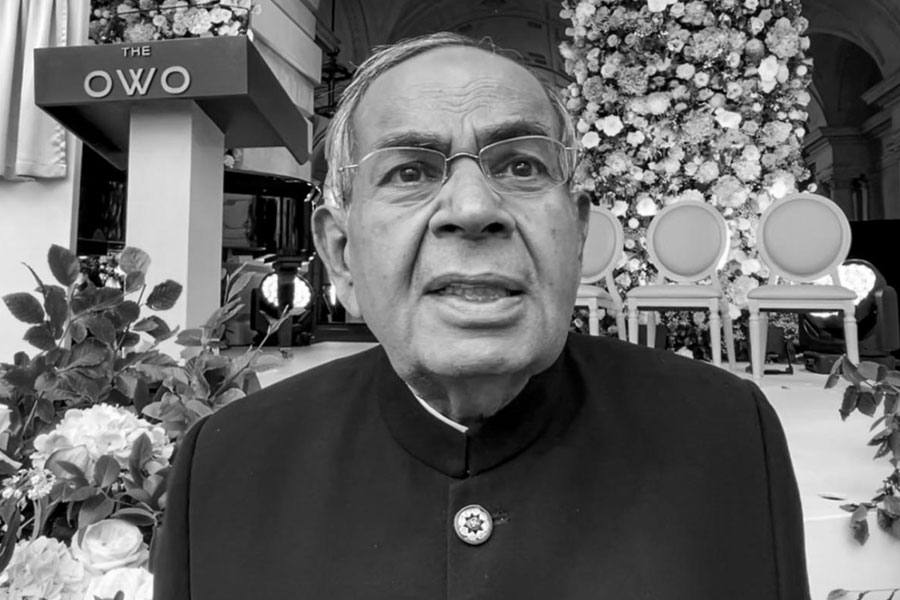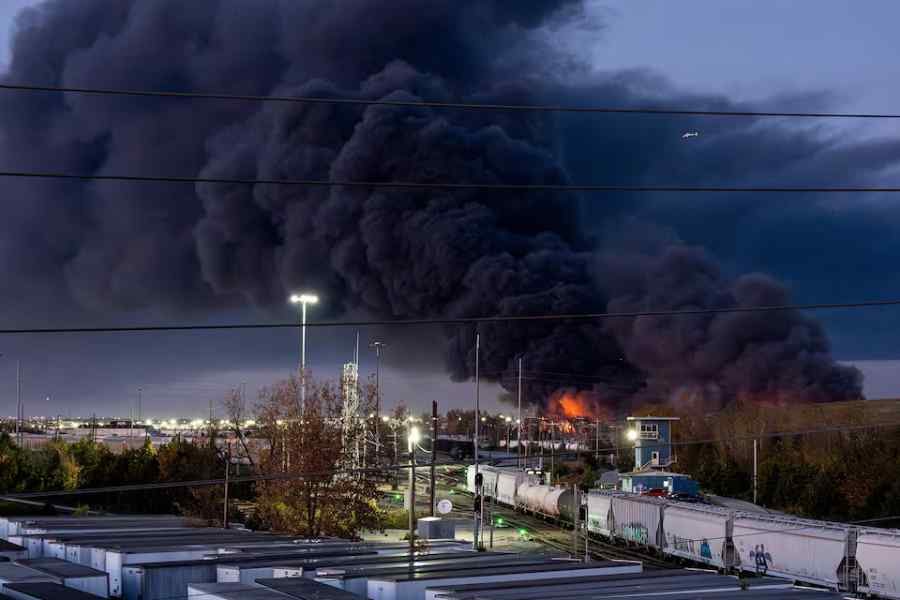
July 12: An IIT Kharagpur professor and his students are designing a system to measure and provide information about waterlogging in real time so that people can plan their route and mode of transport during a downpour like the one on Tuesday.
Eight locations in Calcutta that are prone to flooding would be monitored with ultrasonic water-level sensors capable of recording waterlogging data even as it rains. Transmitters would send the data to a server, from where the Calcutta Municipal Corporation can upload area-wise updates to the website www.weatherkolkata.in every 15 minutes.
The website has been developed jointly by IIT Kharagpur and the CMC. It currently provides real-time rainfall data from 16 locations.
"Work has already started and the system should be up very soon. By next monsoon, people can check the website and step out of their homes knowing what to do during and after a heavy shower," mayor Sovan Chatterjee told Metro.
He said the long-term plan was to make the data available on a mobile app and, at a later stage, tag it to CCTV footage from the relevant areas so that people can also see the extent of waterlogging.
The proposal to track and put real-time waterlogging data in the public domain came this week from an IIT Kharagpur team comprising Dhrubajyoti Sen, professor of civil engineering, and some of his students. The team is working on a waterlogging data project at the institute.
Sen said sensors fitted to pillar boxes made of concrete would use sound waves to collect waterlogging data, operating on the same principle as radars.
"The 2ft x 2ft concrete pillars would be placed by the pavements. They would be hollow underneath so that when there is flooding, water gets into the cavity and keeps rising inside at the same rate at which the level outside increases," Sen said.
The height of the pillars would vary, depending on waterlogging records specific to each area. A gadget would be fixed to the top of every such pillar to release beams into the water inside. "The beams will be reflected back when they hit an obstruction. When there is no waterlogging, the beams will take longer to return to the sensor," said Sen.
The gadget would be calibrated in such a way that the time lapse would let the sensor determine exactly how much water has accumulated on the road, the professor explained.
The eight locations identified for the project are Thanthania, Mohammad Ali Park, Amherst Street, Camac Street, Southern Avenue, Deshapriya Park, Belevedere Road in Alipore and Jodhpur Park.
The estimated cost of putting up each sensor-fitted pillar is Rs 1.5 lakh. There will also be recurring costs since the transmitters would run round-the-clock, Sen said.

